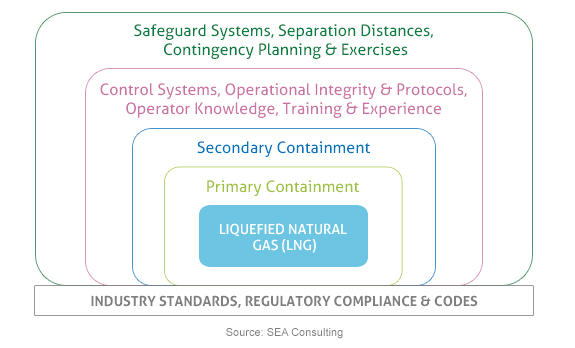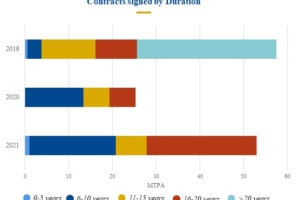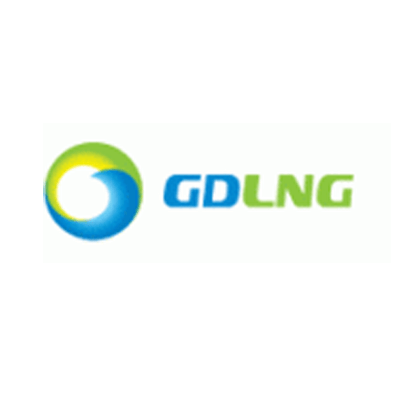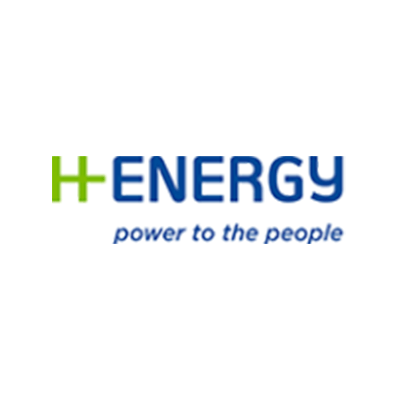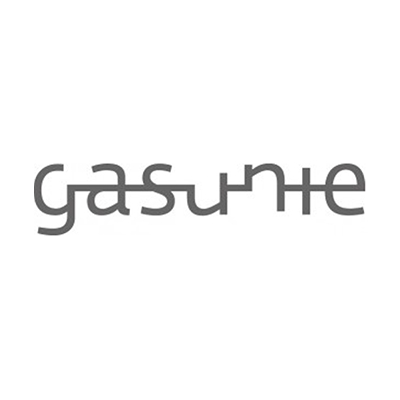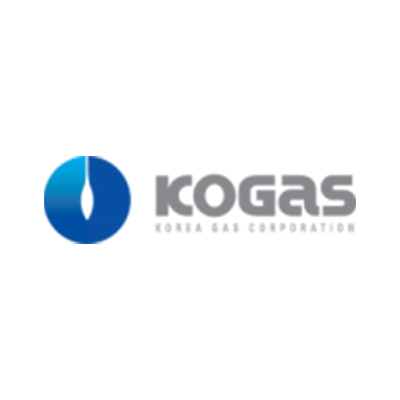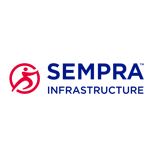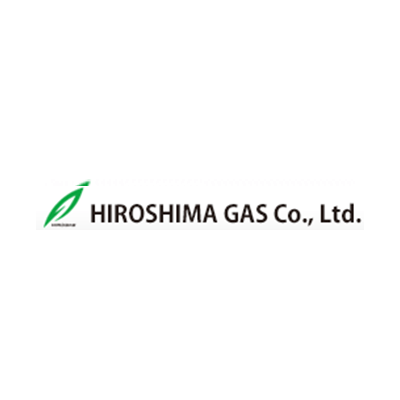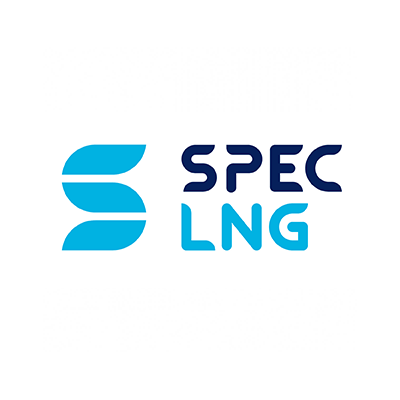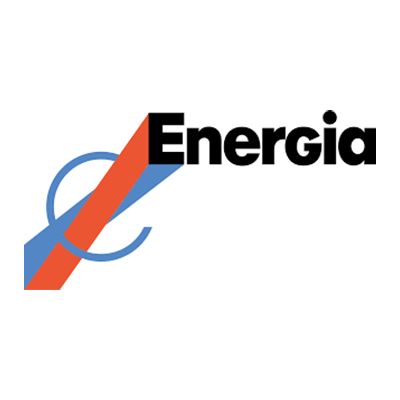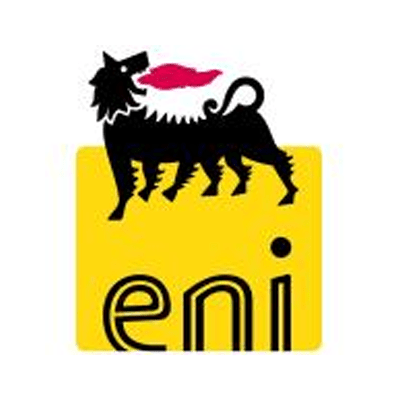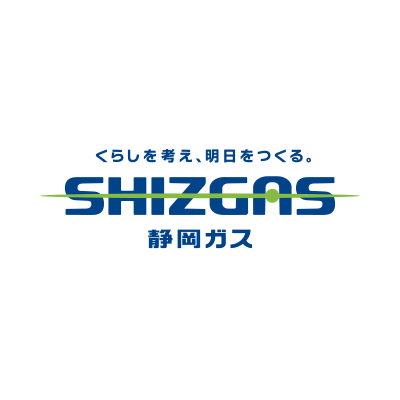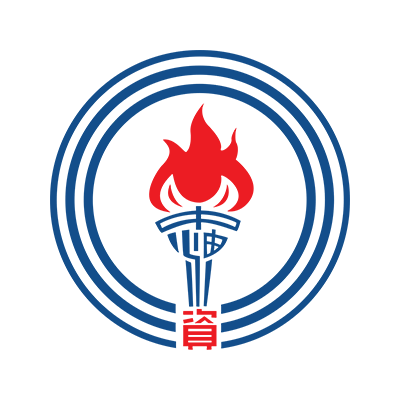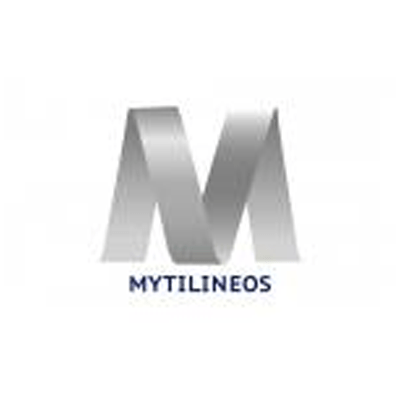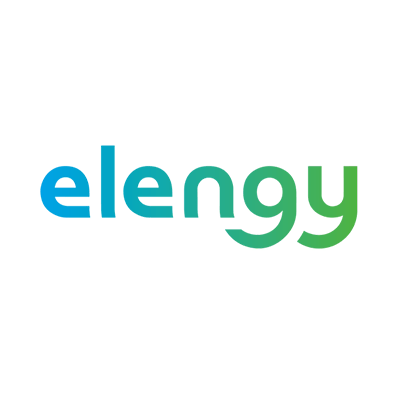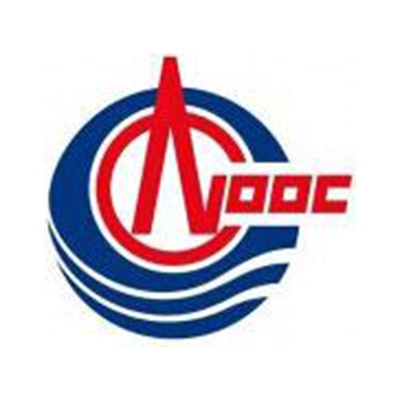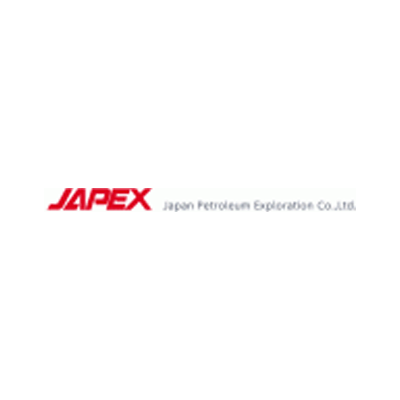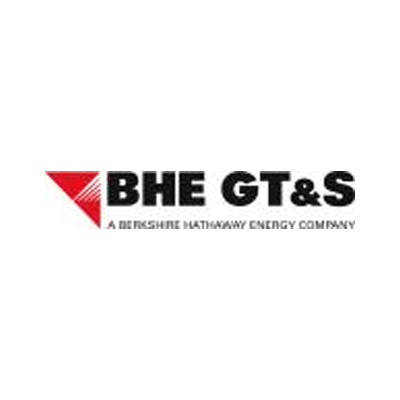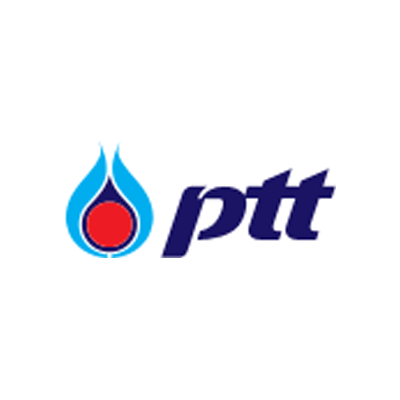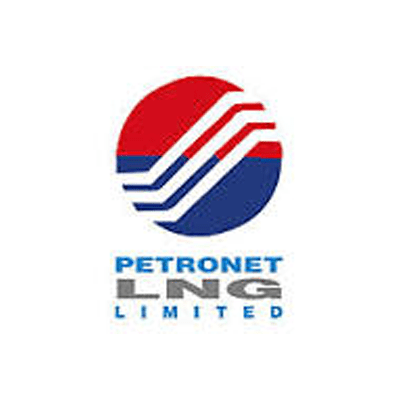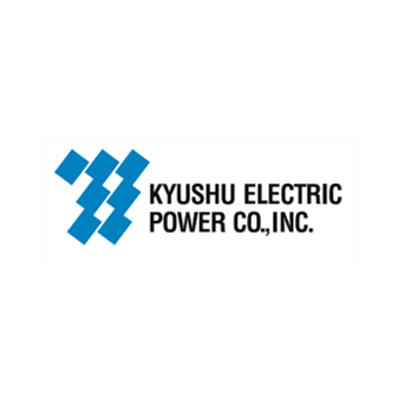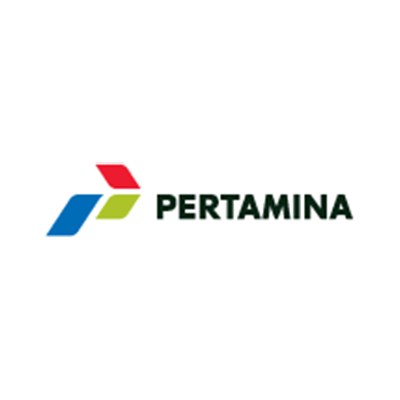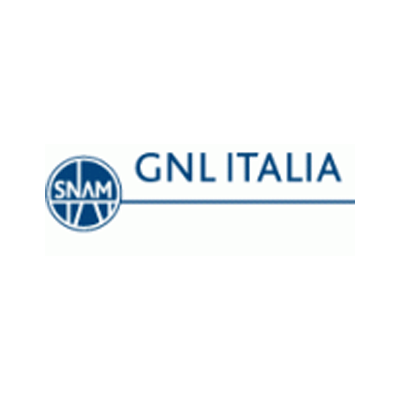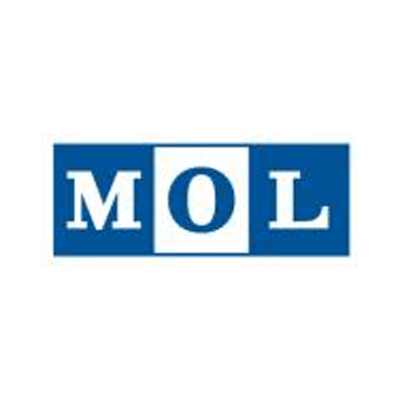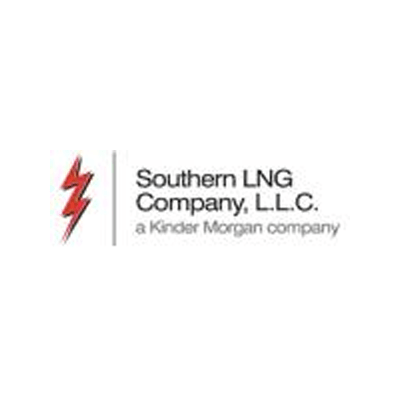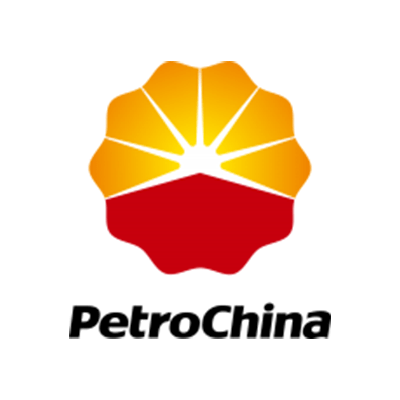Liquefied natural gas (LNG) is simply natural gas which has been reduced to a liquid state by cooling it to minus 162°C. The transformation to a liquid is accompanied by a volume reduction of approximately 600 to one (if the gas is initially around 15°C).
Once loaded aboard specially designed tankers, LNG is maintained in a liquid state by highly efficient insulation which surrounds the cargo compartment. However, since no insulation system is perfect, a small amount of LNG vaporizes or “boils off”, during transit. This boil-off helps to auto-refrigerate the remaining LNG, thus keeping it in its liquid state. Boil-off is also used to supplement bunker oil as fuel for the tankers.
Upon arrival at the receiving facility, LNG is transferred into specially designed storage tanks where it is stored as a liquid at near atmospheric pressure and minus 160°C temperature. The LNG remains in storage until it is demanded for redelivery. At that time it is pumped from the tanks and subjected to both heat and pressure to return it to a gaseous state for transportation by pipeline.
The small amount of boil-off that occurs during storage is used as fuel or combined with the facility’s dayly sendout.
LNG VALUE CHAIN
THE MAIN PROPERTIES OF LNG :
- Extremely low temperature – minus 160°C
- LNG will float in water – weight is about 458 kg/m3 – slightly less than half that of water
- Odorless and colorless – LNG looks like boiling water. When exposed to atmospheric temperatures and pressure, it vaporizes to about 600 times its liquid volume.
- LNG is non-toxic
- Vapor Dissipation – As the vapor warms around minus 100°C it becomes lighter than air and will dissipate
LNG Market
• Global LNG Trade
• LNG Infrastructure
• Source of LNG Imports
• LNG Routes
• Contracts
LNG information papers
The GIIGNL Technical Study Group developed a series of Information Papers to provide public readers with factual information about LNG, its technology and the industry’s multiple layers of safety.
The papers in the series are:
– GIIGNL Information Paper N°1 – Basic Properties of LNG
– GIIGNL Information Paper N°2 – The LNG Process Chain
– GIIGNL Information Paper N°3 – LNG Ships
– GIIGNL Information Paper N°5 – Managing LNG Risks – Containment
– GIIGNL Information Paper N°6 – Managing LNG Risks – Industry Safeguard Systems
– GIIGNL Information Paper N°7 – FSRU (Floating Storage Regasification Unit)
– GIIGNL Information Paper N°8 – Retail LNG
– GIIGNL Information Paper – Questions and Answers (Q&A’s)
The excellent safety record of LNG worldwide is a result of proven and detailed industry standards, strong regulations, and an industry commitment to risk management. For all LNG facilities, multiple layers of protection are implemented to minimize the likelihood of an LNG release and, if a release occurs, to mitigate the consequences.
